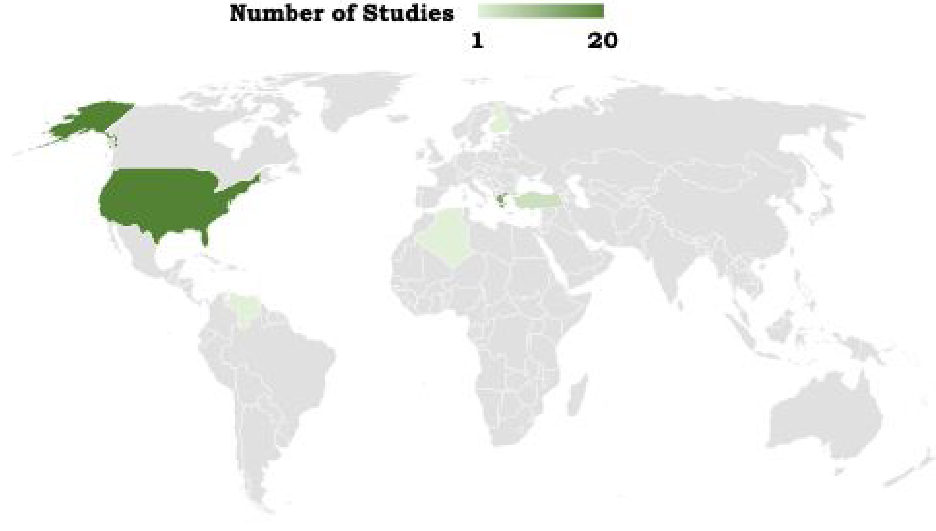A review of research on the teaching and learning of quantum mechanics

In this work, we review research on the teaching and learning of quantum mechanics in chemistry courses. This systematic review builds on previous reviews in chemistry education research that focused on the other highly quantitative, calculation-heavy topics covered in upper-level physical chemistry courses (kinetics and thermodynamics). We aim to provide a resource for both practitioners and education researchers. Based on the topics of the research conducted in our sample (N=50), we grouped the articles into six categories: (1) students’ general challenges with quantum mechanics; (2) students’ conceptions of the atom; (3) students’ conceptions of bonding; (4) students’ conceptions of the quantum nature of light; (5) students’ conceptions of commonly used quantum mechanical models; (6) curricular materials and instruction. Relevant trends stemming from this work include that much of the research leans on education research in mathematics and physics to support the claim that students have difficulties with mathematics; however, these claims require further investigation within chemistry education contexts. Moreover, a suprising amount of research on quantum mechanics involved students sampled outside of upper-level chemistry courses (i.e., secondary-level and general chemistry contexts).
Reference
S. C. McAfee, F. M. Watts and J. G. Rodriguez, Chem. Educ. Res. Pract., 2025, DOI: /10.1039/D5RP00030K